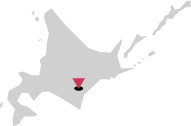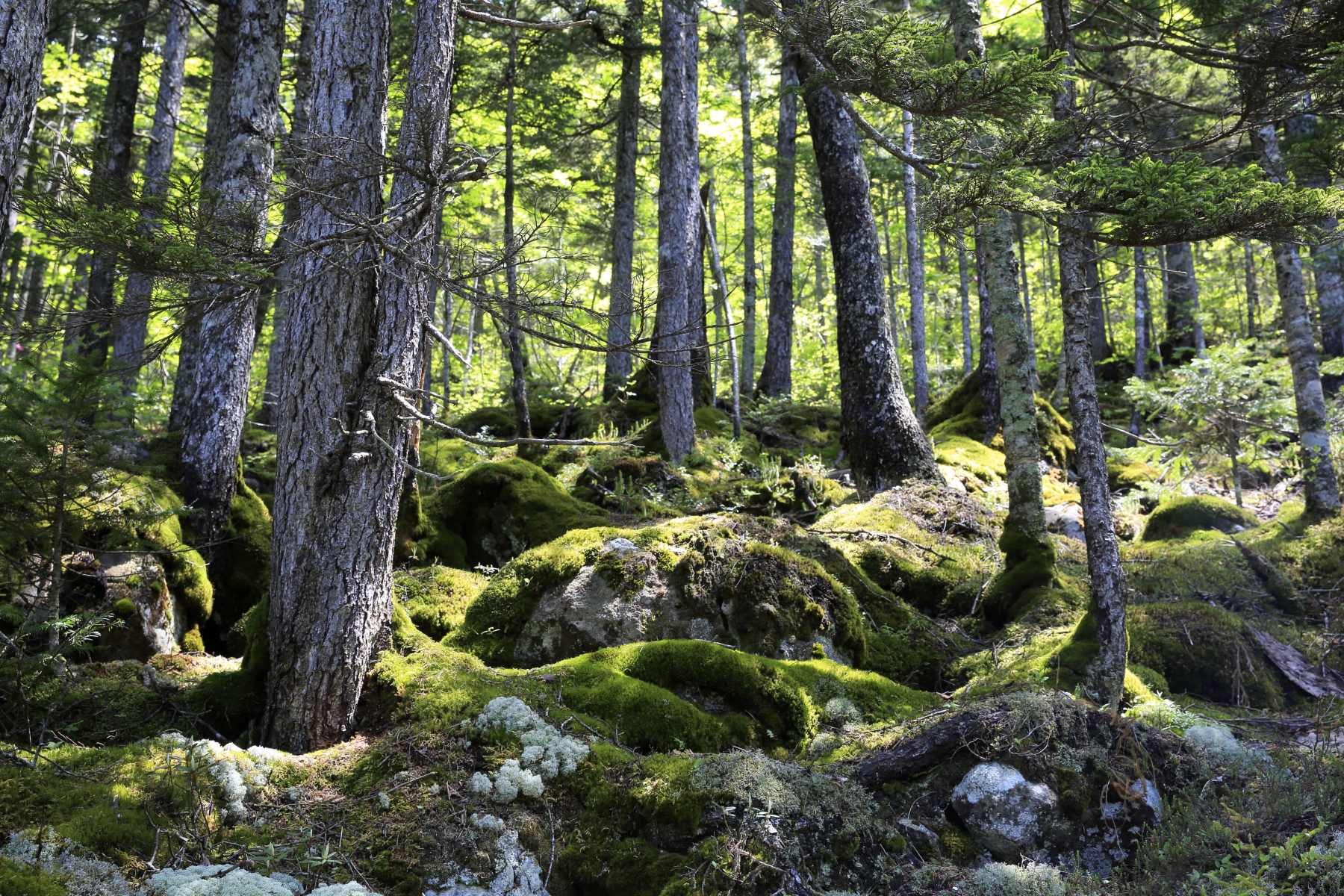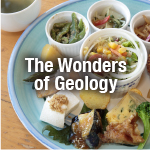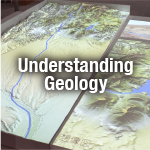Over an unfathomably long time, cycles of volcanic eruptions created these lands, damming rivers to create Lake Shikaribetsu. Tokachi-Shikaoi Geopark features this dynamic volcanic activity, freezing periods evidenced by the formation of “wind holes”, and the vibrant ecosystems of these expansive lands. Jun Ohnishi of the Tokachi-Shikaoi Geopark Promotion Council led KAI Magazine through the wonders of this region’s history.
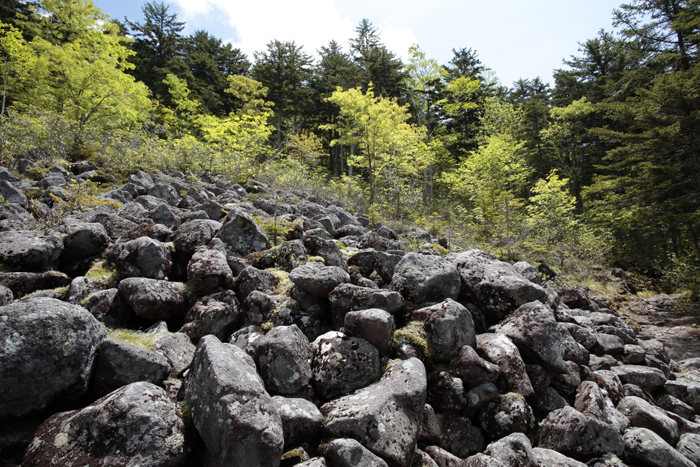
Volcanic magma cools and hardens on slopes, later breaking under its own weight to form screes.
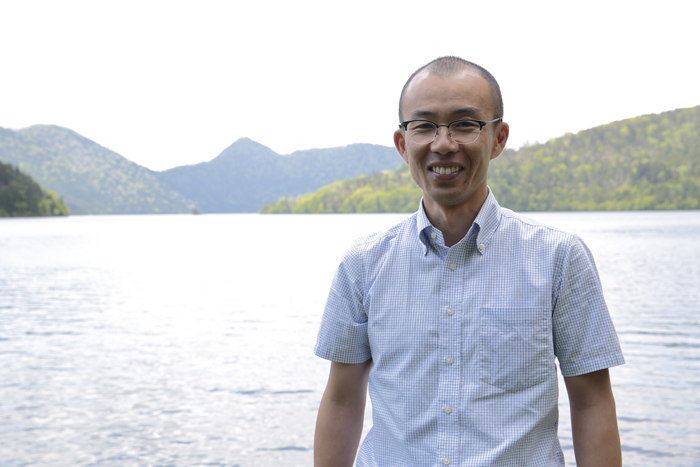
Jun Ohnishi
“I hope that visitors will explore the area around Lake Shikaribetsu noted for its ‘air holes’. Going into the forest, you might even find pika making homes in the air holes.”
But why is air drawn through these air holes? Water accumulated beneath the screes freezes and forms pockets of ice beneath the air holes. Air cooled by this ice becomes heavier and moves downwards, exiting the air holes. These air holes and the cold air they expel create unique ecosystems. As Ohnishi guided us around Lake Komadome, we were fortunate enough to come accross a pika as it emerged from an air hole.

Cool air expelled by the air holes fosters rare species of moss, creating a uniquely beautiful earthscape.
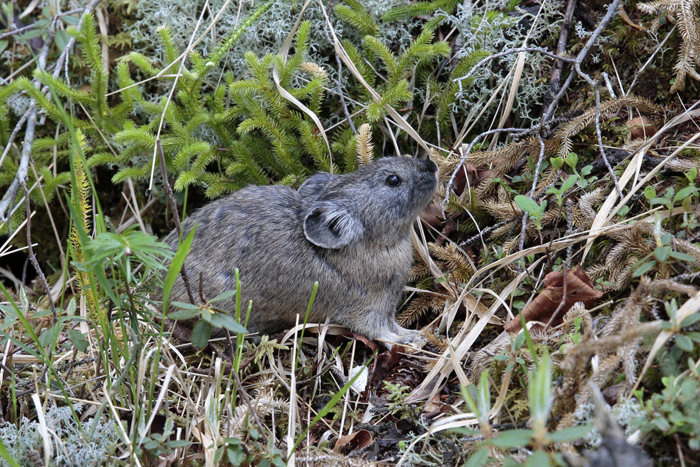
Pika migrated from Siberia more than 10,000 years ago.
Potatoes are one of Shikaoi’s best-known agricultural products. After harvest, cold storage of the potatoes while they mature converts starches to sugars, producing sweeter potatoes. Most remarkable are the “Ice-Stored Potatoes”. Farmers take advantage of Shikaoi’s freezing winters, which can reach -20°C, to create large amounts of ice from groundwater and snow. This ice cools “ice houses”, where potatoes are stored to mature.
Akihito Asano of Asano Greengrocer told us, “The very best season is June to July. It’s always heartwarming to hear from our locals -- true potato experts -- just how delicious these potatoes are.”
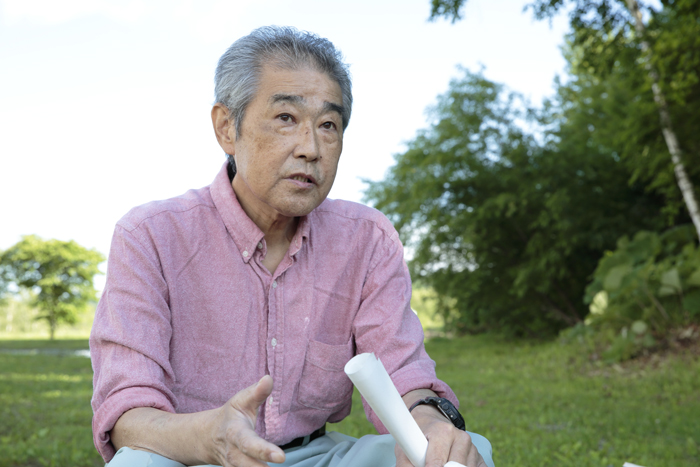
Mr Akihito Asano of Asano Greengrocer, a distributor of “Ice-Stored Potatoes”
According to Ohnishi, “Shikaoi has had excellent education even since before the geopark was certified. The ‘New Earth Science’ program has taught our children about the nature, ecology, and ways of life of their hometown.”
Shikaoi has its own unique curriculum, unified across 12 years from elementary to high school. High school students participate in a short-term exchange to Canada, and carry out discussions on the global environment. This program was implemented in 2003, 10 years prior to the certification of Shikaoi-Tokachi Geopark.
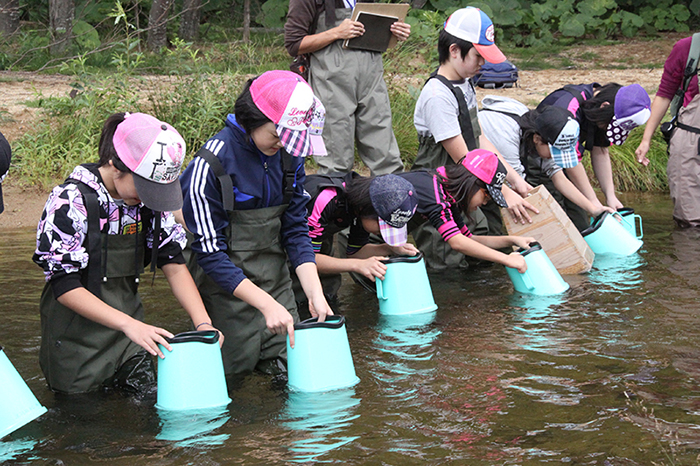
Shikaoi’s townscape is full of opportunities to learn about nature. (Photo courtesy of the Tokachi-Shikaoi Geopark Promotion Council)
Throughout Shikaoi, you will see “Tokachi-Shikaoi Geomaster” signs at farm restaurants, cafés, and other dining establishments that show the wonders of the town’s geopark to their guests. Two local citizen volunteer groups, “Geosupporters” and “Geogirls”, also support the geopark’s activities.
Wide plains of highly-fertile, well-draining volcanic ash soil have supported development of this agricultural zone. (Video provided by: Jun Onishi)
Tokachi Shikaoi Geopark Visitor Center
Website
Tokachi-Shikaoi Geopark Promotion Council
Facebook page



